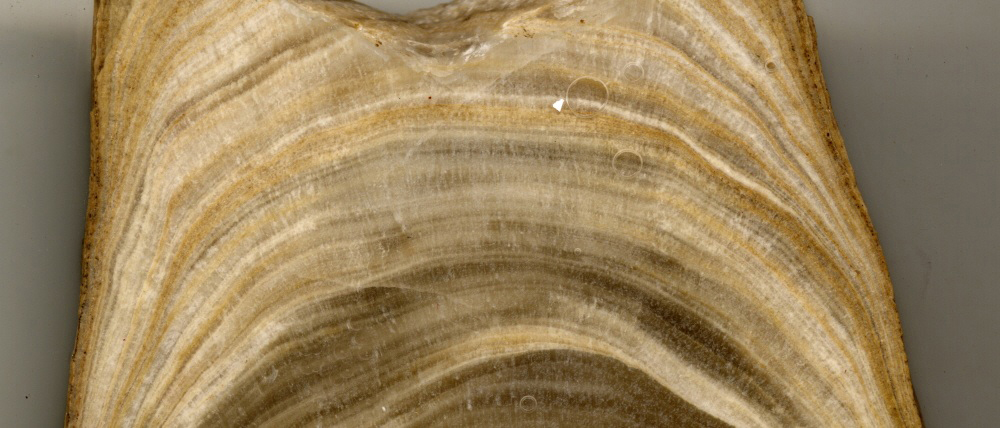Tropical Caves Shed Light on Ancient Climate Change


Almost everything we know about noteworthy climate shifts such as ice ages comes from the cold northern latitudes. Polar ice cores and North Atlantic deep ocean sediments have revealed global glaciations and jumps in temperature and greenhouse gases such as carbon dioxide. But scientists have long wondered what was going on in the tropics during such shifts—an important question becauseclimate patterns such as El Niño can have global effects.
Now, scientists have filled in one of these gaps at the warmer, lower latitudes: A new study of stalagmites from caves in northern Borneo reconstructs the history of the tropical west Pacific's climate from 570,000 to 210,000 years ago, during the late Pleistocene era. The time covers four glacial cycles.
"Stalagmites are the ice cores of the tropics,"said study co-author Jess Adkins, geochemistry professor at Caltech.
Missing climate bumps
The water droplets that form stalagmites, pinnacles that grow upward from cave floors, contain different oxygen isotopes — isotopes of different elements contain differing numbers of neutrons in their nuclei. The ratio of certain oxygen isotopes tells researchers the ocean temperature when the water dripped into place, in turn providing information on ancient climate.
Throughout Earth's history, our climate has shifted between periods of glacial cooling that led to ice ages, and interglacial periods of relative warmth, such as the present. Adkins and his colleagues looked at an interglacial period about 430,000 years ago, when temperature and carbon dioxide levels were known to have jumped by about a third in the northern latitudes.
But Adkins and his team found no evidence of such a bump in the tropical stalagmites. "The stalagmite records have glacial cycles in them, but the warm times—the interglacials—don't change in the same way as they do at high latitudes,"Adkins said in a statement. "We don't know what that tells us yet, but this is the first time the difference has been recorded."
Get the world’s most fascinating discoveries delivered straight to your inbox.
Extreme drying
However, some changes did appear at other times in the climate records from both the high latitudes and the tropics. The researchers found that extreme drying in the tropics coincided with abrupt climate changes in the North Atlantic, at the tail end of glacial periods. Scientists think these rapid climate changes are triggered by large ice sheets suddenly plunging into the ocean.
"In the tropics, we see these events as very sharp periods of drying in the stalagmite record,"Adkins said. "We think that these droughts indicate that the tropics experienced a more El Niño–like climate at those times, causing them to dry out."(El Niño is the climate pattern tied to warmer-than-average water temperatures in the tropical Pacific.)
The scientists' work, detailed online May 3 in the journal Science Express, was supported by the National Science Foundation, the Swiss National Science Foundation, the German Research Foundation and by an Edinburgh University Principal's Career Development PhD Scholarship.
Follow OurAmazingPlanet for the latest in Earth science and exploration news on Twitter @OAPlanet and on Facebook.




